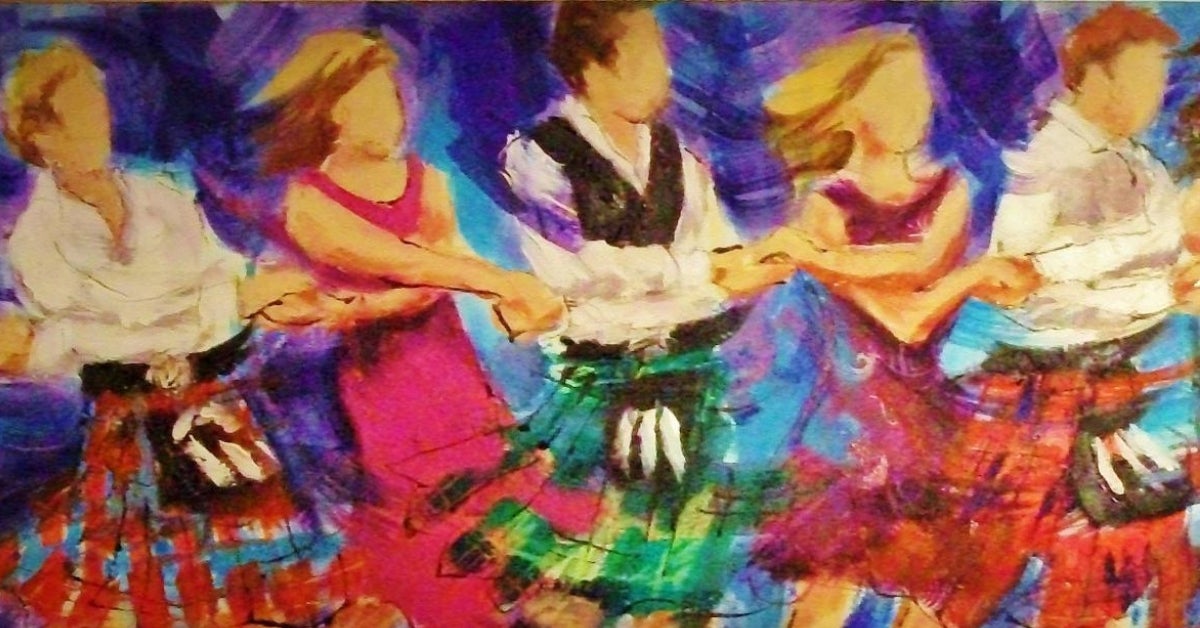Should auld acquaintance be forgot: The story of ‘Auld Lang Syne’
Published 9:02 am Thursday, January 4, 2024

- Submitted Photo
“What does this song mean? My whole life, I don’t know what this song means. I mean, ‘Should old acquaintance be forgot’. Does that mean that we should forget old acquaintances? Or does it mean that if we happened to forget them, we should remember them, which is not possible because we already forgot ’em?”
Harry Burns bemoans the words and meaning of the New Year’s staple, Auld Lang Syne in the movie “When Harry Met Sally.”
This is how I have felt about this song most of my life. That is until I decided to do a little digging of my own and find out all I could about this ancient song of Scotland.
The song was sent to the Scots Musical Museum as a poem by Robert Burns in 1788. He said it was an ancient song but he was the first person to put it to paper.
Burns said that he took it down from an old man and whether it was transcribed or co-authored, it’s safe to say that the “Auld Lang Syne” we know today is some combination of an old poem and Burns’ creative input.
It has long been a much-loved Scottish tradition to sing the song just before midnight. And, by the way, that is any ole midnight not just New Year’s Eve midnight.
The tradition goes like this: everyone stands in a circle holding hands, then at the beginning of the final verse (“And there’s a hand my trusty friend”), they cross their arms across their bodies so that their left hand is holding the hand of the person on their right, and their right-hand holds that of the person on their left.
When the song ends, everyone rushes to the middle while they are still holding hands.
The song grew in popularity and is now sung all over the world at midnight on New Year’s Eve.
As the clock strikes midnight on New Year’s Eve, voices all over the world will resurrect the centuries-old tradition of singing “Auld Lang Syne” to say goodbye to the passing year.
What does Auld Lang Syne mean exactly? A handful of options pop up when you search for the meaning of “Auld Lang Syne”: “times or days gone by,” “old time’s sake,” “long-long times ago,” and even “once upon a time” has been thrown in for good measure. The most common consensus is something like “for old time’s sake.”
The line about “for Auld Lang Syne” is essentially, “for the sake of old times.”
Beyond the words themselves, there’s even less agreement about exactly how the tune came to be a New Year’s Eve tradition.
So how did a Scottish folk song with a murky birthright and absolutely nothing at all to do with New Year’s Eve become associated with the holiday?
It’s largely thanks to bandleader Guy Lombardo. In 1929, Lombardo and his band played “Auld Lang Syne” as transitional music while performing at New York City’s Roosevelt Hotel during a New Year’s Eve broadcast. It was played just after midnight and heard over radio and television airwaves.
And, as we Americans say, “that was history.”
Today, “Auld Lang Syne” is one of the most recognizable songs around the world. It’s played at funerals, at celebrations, and as a warning that closing time is approaching at stores throughout Japan.
So now go out there and impress your date, your children, your parents or whomever you wish with your newfound knowledge about “Auld Lang Syne.”
And don’t get too upset if you don’t know all the words or the meaning fails you.
After all, as Sally Albright says in “When Harry Met Sally,” “Well, maybe it just means that we should remember that we forgot them, or something. Anyway, it’s about old friends.”
Blessed New Year’s, everyone.





